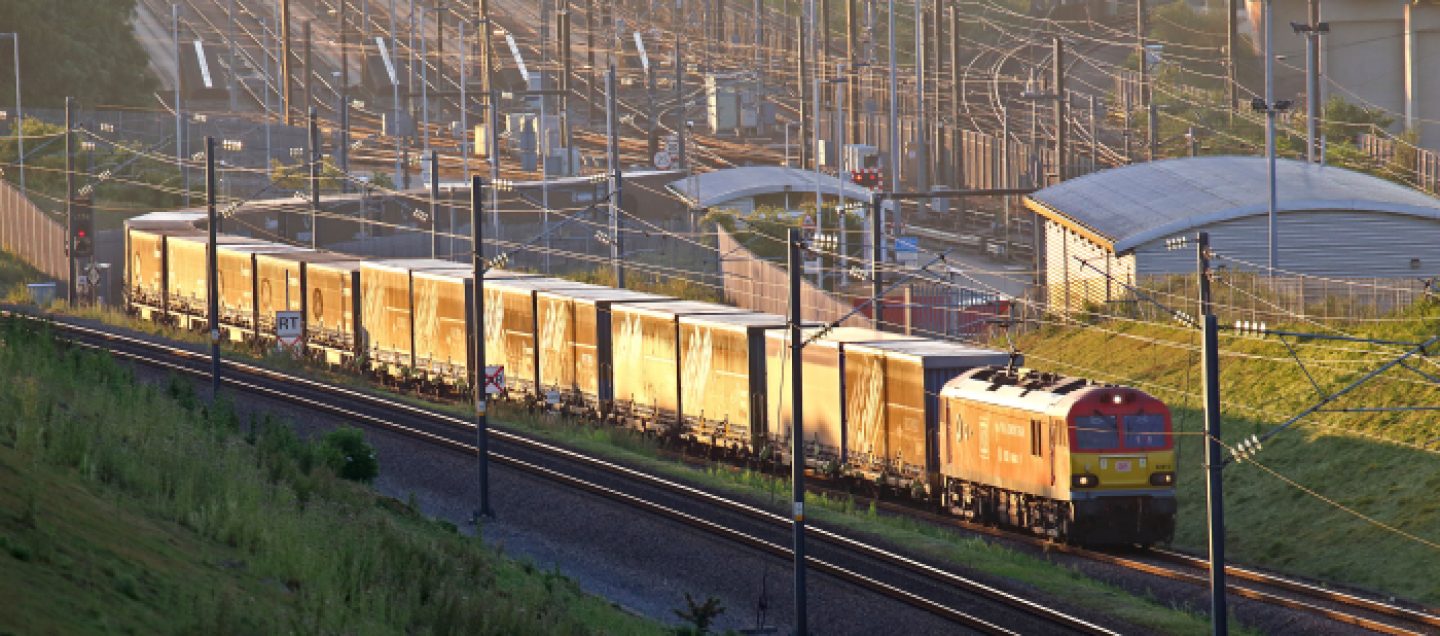Road and rail freight complement each other; the two modes should play to their strengths to provide the most efficient sustainable and safe freight solutions. Rail freight is well placed to offer long-distance consumer services as well as the traditional bulk services. If more lorry traffic can be transferred to rail, road safety and reliability will improve. According to the Freight Transport Association (FTA), the running cost of a 44-tonne truck is around £1 a minute, so any hold-ups have a considerable financial impact on haulage operations. [ii]
Campaign for Better Transport has long campaigned for integrated transport planning, so the Department for Transport (DfT) commitment to working cross-modally within freight in its recent Ports Connectivity study [iii] is encouraging. We do not believe that a silo mentality benefits the economy, the environment or society; however, at the moment, there is suppressed demand for rail freight services, because of the lack of space on the rail network – with every rail slot being filled as soon as it becomes free for consumer trains out of the main container ports such as Felixstowe and Southampton.
Campaign for Better Transport commissioned research, sponsored by the DfT, which shows that upgrading the existing rail lines that run parallel to key congested motorway routes could transfer 2,000 HGVs from each of the A14, A34, M6 and M62 corridors every day, easing congestion, improving air quality and reducing road collisions without needing to add extra road capacity. [iv] Each of these projects would reduce nitrogen oxide emissions by 10 per cent and particulates by 7 per cent, per corridor; the number of people killed and seriously injured would reduce by 18 people, nationally, if these four rail lines were upgraded. Building more roads alone will not solve the problem as it creates new traffic. When a new road is built, new traffic will divert onto it, a well-known and long-established effect known as ‘induced traffic’.
The relative safety costs of the different modes of freight transportation need to be taken into account. Government figures show that the HGV involvement rate in fatalities on urban roads (39 deaths per billion vehicle miles travelled by HGV) is more than six times the rate of cars (6.4 deaths per billion vehicle miles travelled), [v] with the DfT valuing the prevention of each road death at £2.1 million. [vi] A recent questionnaire, from Brake and Direct Line Group showed that 79 per cent of drivers are concerned for their safety because of the amount of freight being transported on motorways (lorry traffic on motorways reached a new peak of 7.9 billion vehicle miles in 2017). [vii] The same drivers are calling for further investment in railways to alleviate the pressure on the network. Freight may not have a vote but this report shows that drivers want to see more freight transferred to rail.
References
[i] Department for Transport (2016), Rail Freight Strategy
[ii] Freight Transport Association (2018), Lifting 300 miles of roadworks will help deliver Easter, https://fta.co.uk/press-releases/20180327-lifting-300-miles-of-roadworks-will-help-deliver-easter
[iii] Department for Transport *(2018) Transport connectivity to ports: review of the current status and future infrastructure recommendations, https://www.gov.uk/government/publications/transport-connectivity-to-ports-review-of-the-current-status-and-future-infrastructure-recommendations
[iv] Campaign for Better Transport (2017), Impact on congestion of transfer of freight from road to rail on key strategic corridors, https://bettertransport.org.uk/sites/default/files/research-files/cross-modal-freight-study.pdf
[v] Department for Transport (2018), Reported road casualties in Great Britain: 2017 annual report, table ras20005
[vi] Department for Transport (2018), Reported road casualties in Great Britain: 2017 annual report, table ras60001
[vii] Brake (2018) Smart roads: put safety first, our strategic road network – pt.2
Philippa Edmunds
Freight on Rail Manager for the Campaign for Better Transport

